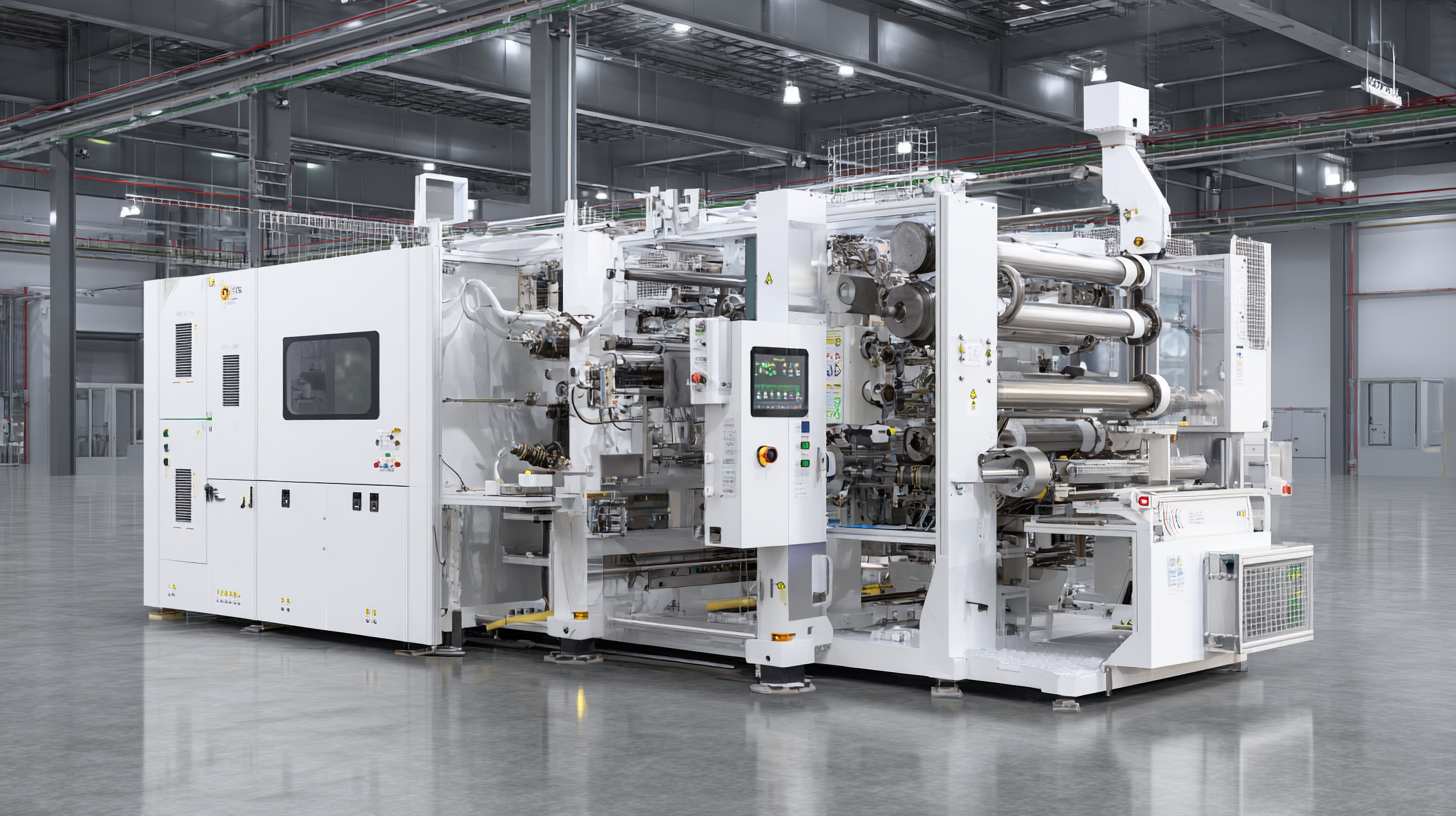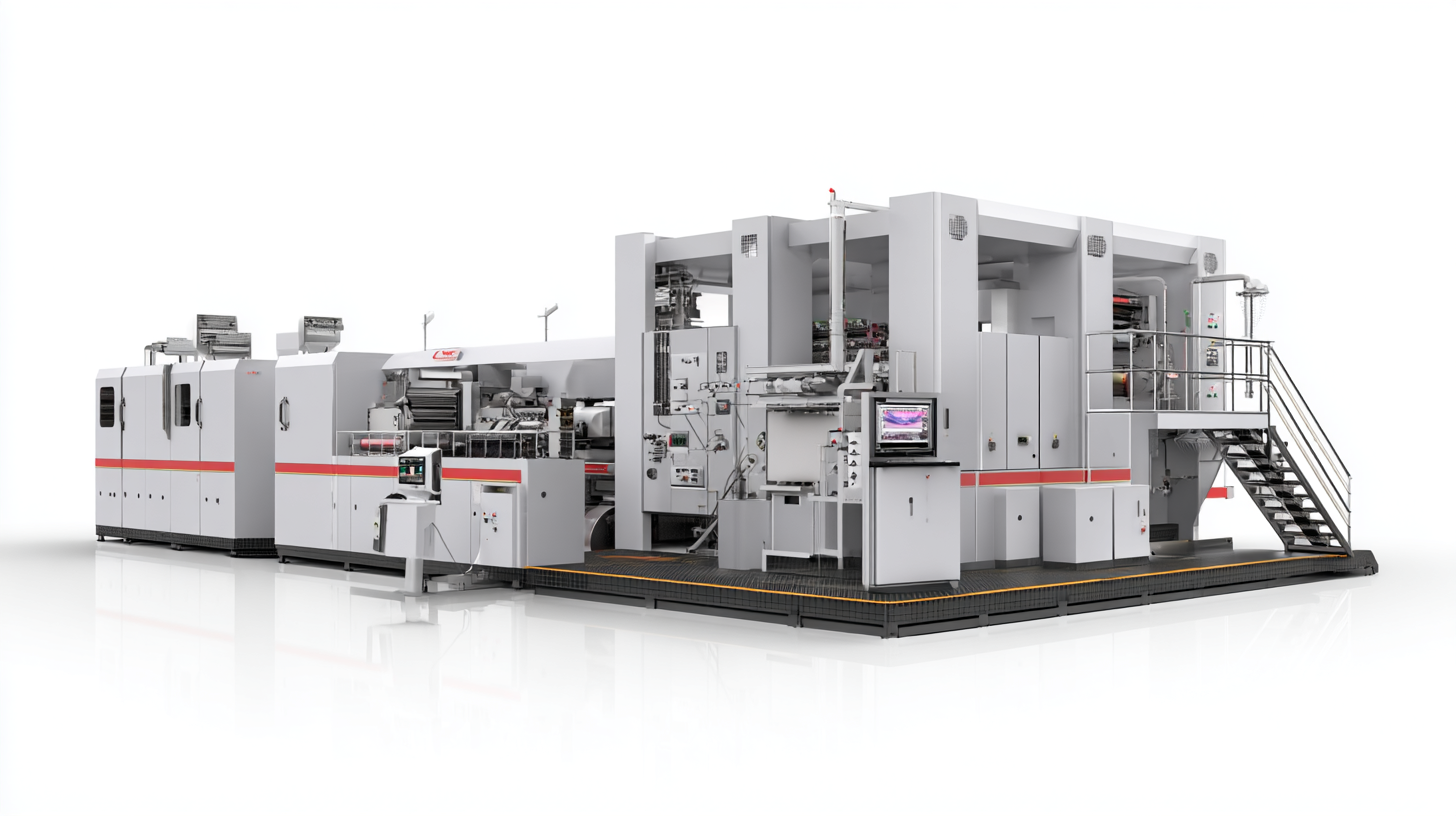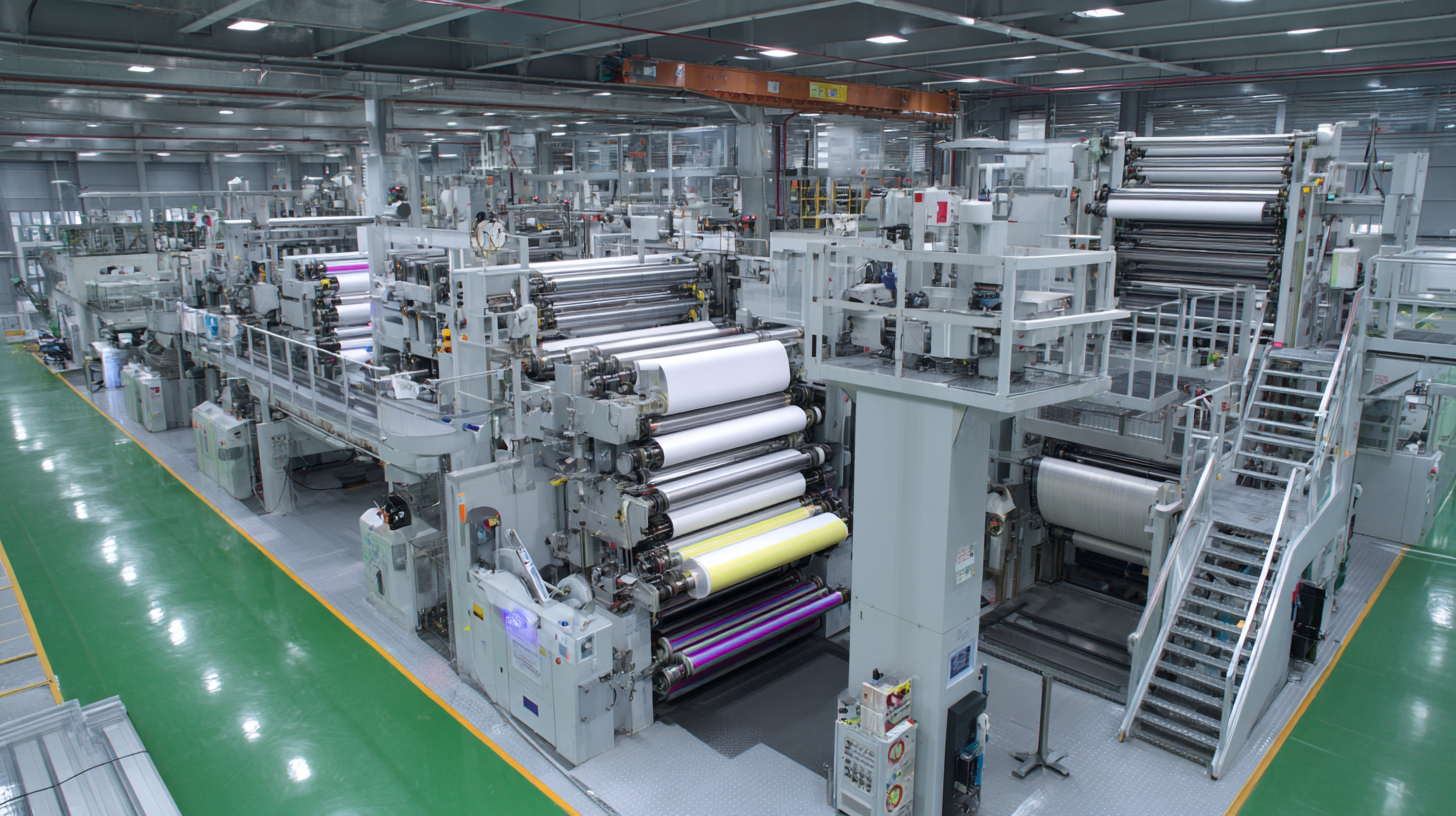
Leave Your Message

As the demand for efficient and reliable adhesive solutions continues to rise, the hot melt glue coating technology is poised for transformative advancements by 2025. According to a report by MarketsandMarkets, the hot melt adhesives market is projected to reach USD 11.78 billion by 2025, driven by their widespread application across automotive, packaging, and construction industries. The integration of innovative features in equipment such as the Hot Melt Glue Coating Lamination Machine not only enhances productivity but also ensures superior bonding quality, making it a vital tool in modern manufacturing. With a focus on “中国制造,全球共享,品质值得信赖”, companies are exploring strategic approaches to optimize these technologies, thus enhancing operational efficiency and meeting the increasing consumer demand for durable and high-quality products. By embracing such innovations, manufacturers can position themselves competitively in the ever-evolving global market.

The landscape of hot melt glue coating technology is set to undergo transformative changes in 2025, driven by emerging trends that prioritize efficiency, versatility, and sustainability. As industries increasingly seek to streamline production processes, advancements in adhesive formulations are becoming pivotal. New formulations are being engineered to offer enhanced bonding strength while reducing application times, which is essential for high-speed manufacturing environments. Companies are actively researching bio-based and recycled materials as alternatives to traditional synthetic adhesives, aligning their products with eco-friendly practices and reducing their carbon footprint.
Another significant trend is the integration of smart technology within hot melt coating applications. Manufacturers are embracing automation and real-time monitoring systems that utilize data analytics and machine learning. These innovations enable precise control over coating thickness, temperature, and curing times, leading to greater consistency and quality in finished products. Additionally, the advent of robots equipped with advanced glue applicators is shifting manual processes towards more efficient, error-free operations. As these technologies evolve, they will play a crucial role in enhancing overall production efficiency, ultimately transforming how industries apply adhesive solutions in various applications.
The hot melt adhesives market is set for significant growth, projected to reach $12.10 billion by the year 2025. This surge is primarily driven by an increasing demand for efficient packaging solutions across various industries. As companies strive for sustainable practices and cost-effective production, the necessity for high-performance adhesives becomes critical.
 Notably, sectors such as packaging and construction are expected to lead this upward trend, showcasing the versatility of hot melt adhesives in various applications.
Notably, sectors such as packaging and construction are expected to lead this upward trend, showcasing the versatility of hot melt adhesives in various applications.
Tips for selecting the right hot melt adhesive: consider the specific application and substrate materials to ensure optimal performance. Additionally, evaluate the application method—whether manual or automated—to select an adhesive that facilitates efficiency in your production process. Monitoring market trends, particularly regarding thermoplastic polyurethane and amorphous polyalphaolefin adhesives, can also provide insights into emerging solutions that could enhance efficiency and effectiveness in manufacturing.
As we approach 2025, understanding the dynamics of the hot melt adhesives market is essential. By leveraging the advantages of innovative coating technologies and aligning with industry demands, businesses can position themselves for success in this rapidly evolving landscape.
Innovative materials are at the forefront of enhancing hot melt glue performance, significantly impacting coating applications across various industries. Recent advancements in adhesive formulations have led to increased thermal stability and better adhesion properties. According to a report by Smithers Pira, the global hot melt adhesives market is projected to grow to $6.5 billion by 2025, driven by innovations in polymer technology and the demand for efficient production methods. These developments enable manufacturers to produce stronger, more durable bonds, which are essential in applications such as packaging, woodworking, and automotive industries.
In addition to traditional polymers, the incorporation of bio-based and sustainable materials is gaining traction. The use of renewable resources not only meets environmental regulations but also enhances the overall performance of hot melt adhesives. A study published in the Journal of Adhesion Science and Technology indicates that integrating plant-based polymers can improve adhesive qualities while reducing the ecological footprint of production processes. As industries increasingly focus on sustainability, these innovative materials are positioning themselves as key components in the future of hot melt glue coating technology.
In the rapidly evolving landscape of manufacturing, automation and process optimization are critical for enhancing efficiency. Businesses are increasingly adopting digital twins, a technology projected to grow from $20.82 billion in 2024 to $238.88 billion by 2031, with a staggering CAGR of 41.70%. This growth reflects a shift toward more integrated and real-time monitoring of production processes, which can significantly reduce waste and improve overall productivity.
Tips for optimizing your processes include leveraging smart manufacturing technologies that connect machines and systems for seamless data flow. This interconnectivity enables rapid decision-making and greater adaptability in production lines. Furthermore, incorporating AI and machine learning can enhance predictive maintenance, drastically reducing downtime and operational costs.
Investing in cloud ERP solutions can also lead to improved efficiency. By centralizing data management and offering insights across departments, businesses can streamline their operations and enhance collaboration. As organizations prepare for the challenges of 2025 and beyond, focusing on these strategic efficiency improvements will be paramount for staying competitive in the market.
| Dimension | Current Value | Projected Value for 2025 | Improvement Strategy |
|---|---|---|---|
| Production Speed (m/min) | 50 | 70 | Automation of application processes |
| Material Waste (%) | 12 | 5 | Process optimization and precision application |
| Energy Consumption (kWh/t) | 350 | 250 | Implementing energy-efficient technologies |
| Downtime (%) | 15 | 5 | Predictive maintenance and real-time monitoring |
| Customer Satisfaction Rating (out of 10) | 7.5 | 9 | Enhancing product quality through R&D |
Sustainability has emerged as a fundamental principle in the development of hot melt glue coating technologies, pushing the industry towards eco-friendly innovations. According to a report by Smithers Pira, the market for sustainable adhesives is projected to reach $15.2 billion by 2025, driven largely by the increased demand for environmentally friendly products. This shift is not only a response to consumer preferences but also aligns with regulatory pressures for reduced environmental impact.

Recent advancements focus on formulating hot melt adhesives that utilize bio-based materials and reduce volatile organic compounds (VOCs). Research indicates that using renewable resources can significantly lower the carbon footprint of adhesive applications. For instance, a study published in the Journal of Adhesion Science and Technology highlighted that bio-based hot melts could decrease greenhouse gas emissions by up to 30% when compared to traditional petroleum-based formulations. These developments not only enhance the efficiency of production processes but also meet the growing demand for sustainable packaging solutions across various industries, including food and consumer goods.